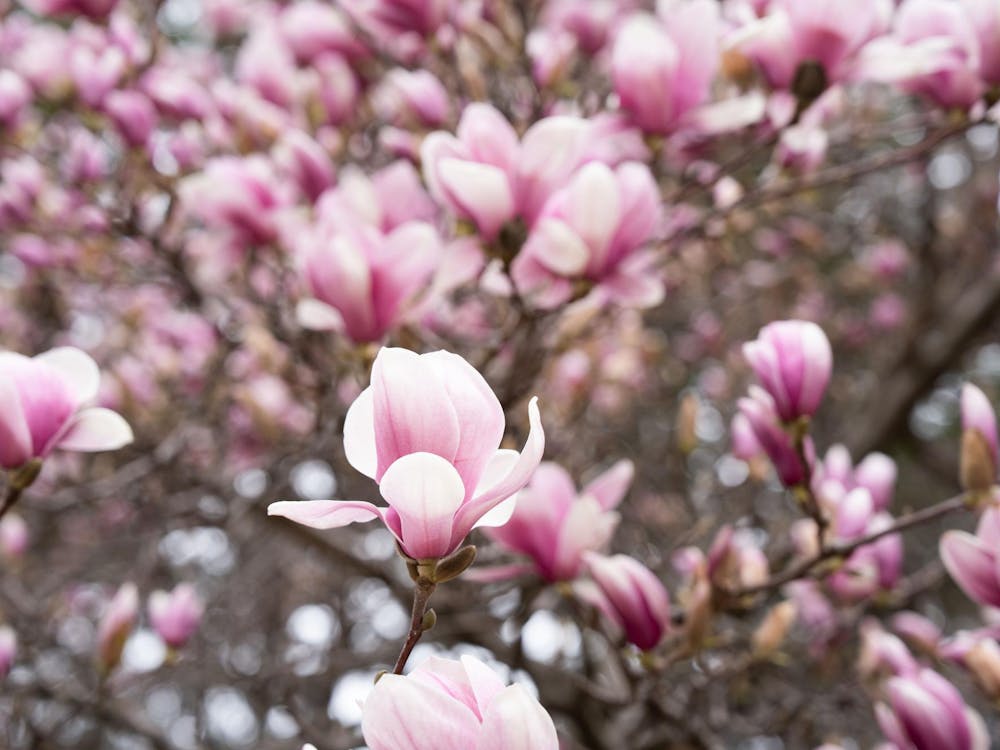The large cost of the Orange and Black Ball — an event that was resurrected in November after a four-decade hiatus — is causing a ripple effect throughout the organizations that fund student groups, ultimately meaning that less funding is available for other events.
Because Alcohol Initiative funded about $20,000 of the $75,000 cost of the ball, many student organizations seeking funding were rerouted to the Projects Board this past year, forcing the Projects Board to hear and ultimately decline more requests than usual.
Projects Board, a subsidiary of the USG, and Alcohol Initiative, which provides funding primarily for events on Thursday, Friday or Saturday nights, are two of the primary funders of campus activities and events.
Alcohol Initiative granted a total of $117,000 of the $179,000 it received in requests, funding 29 of the 46 events that requested funding, according to Thomas Dunne, the associate dean of undergraduate student life and an administrative member of Alcohol Initiative.
These figures include the $20,000 spent by Alcohol Initiative on the Orange and Black Ball. Dunne said in an email that the Ball was among the largest requests to Alcohol Initiative, along with Lawnparties and Houseparties.
John McNamara ’14, a member of the Alcohol Initiative Committee, confirmed that the Orange and Black Ball partially depleted the organization’s funding, though he said that Alcohol Initiative believed the Orange and Black Ball merited the funding it received.
“There’s opportunity cost with everything,” he said.
Jack Ching ’13, a co-chair of Projects Board, explained that Projects Board heard a greater number of funding requests because other typical sources, like Alcohol Initiative and academic departments, provided less funding than usual.
In total, 240 of the 332 of funding requests that Projects Board heard, or 72 percent, were approved. The 240 groups that received roughly $144,000 of the slightly over $198,000 in funding they requested. The 332 funding applications requested a total of $275,000.
Ching explained that with a greater number of organizations coming to Projects Board that would normally receive funding from other sources, Projects Board also had to deny more funding requests than in previous years.
“We’re funding things we didn’t used to have to fund,” he said.
Ching mentioned the Relay for Life event held in Dillon Gymnasium last month as an event that had been previously covered by Alcohol Initiative that now needed additional funding from Projects Board.

At an April 22 USG Senate meeting, Deesha Sarma ’13, another co-chair of Projects Board, offered the same explanation for depleted funding, noting that there was a “trickle-down” effect. Projects Board contributed no funding to the Orange and Black Ball.
Projects Board receives $70,000 of its yearly budget of over $114,000 from the USG at the beginning of each academic year, according to its website. This money comes from the activities fee paid by students as part of their tuition, Ching said.
Other funding sources for Projects Board this year included grants from the Office of the Dean of Undergraduate Students, the Office of the Vice President, the politics department and the residential colleges, according to Ching.
Despite the cost, Dunne said he felt the funding of the Orange and Black Ball was well spent.
“It seemed to me the funds were well spent, as it accomplished the goal of creating a school-wide formal where students could feel like they were part of the undergraduate experience as a whole,” Dunne explained.
“Our view on [the Orange and Black Ball] was it had the potential to be a large-scale social event that was unlike pretty much anything else we had on campus before,” McNamara said.
McNamara added that the event received positive student feedback and was comparable with other Alcohol Initiative funding requests on a per student basis.
According to Dunne, the event cost $6.45 per student, with 3,100 attendees.
McNamara also said that there were other stressors on Alcohol Initiative funding besides the Orange and Black Ball. As awareness of Alcohol Initiative as a source for funding increased this year, McNamara said, the number of applications for funding also increased.
“There has certainly been an increase in competition for funds, so we have been more selective about what we’ve been able to allocate,” McNamara explained.







